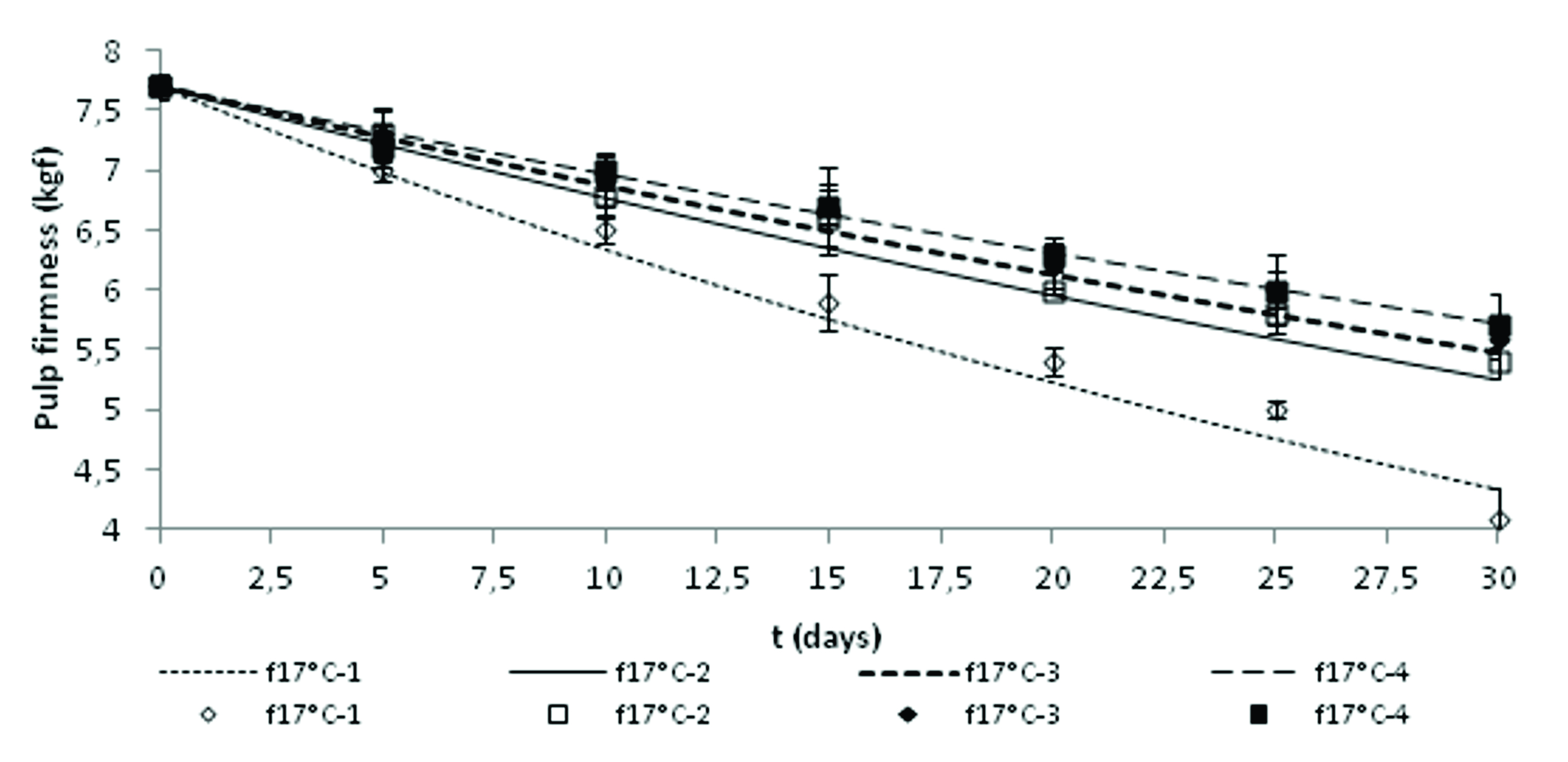Modelling change in color and firmness of baby banana (musa acuminata aa) in modified atmosphere packaging
Autores
Castellanos Espinosa, Diego
Algecira Enciso, Néstor Ariel
Director
Tipo de contenido
Artículo de revista
Idioma del documento
EspañolFecha de publicación
2012
Título de la revista
ISSN de la revista
Título del volumen
Imagenes y Videos
Slide 1 of 8 
25754-90275-1-SP.jpg
Slide 2 of 8 
25754-90274-1-SP.jpg
Slide 3 of 8 
25754-90280-1-SP.jpg
Slide 4 of 8 
25754-90278-1-SP.jpg
Slide 5 of 8 
25754-90282-1-SP.jpg
Slide 6 of 8 
25754-90279-1-SP.jpg
Slide 7 of 8 
25754-90273-1-SP.jpg
Slide 8 of 8 
25754-90277-1-SP.jpg
Documentos PDF
Resumen
To determine the change in the ripening stage and quality through associated variables such as firmness and peel color is a useful tool for predicting the behavior and involvement of the product stored at different changing conditions. The change in O2 and CO2 concentration, pulp firmness and peel color were measured in a test of modified atmosphere packaging for baby banana to develop a mathematical model to represent the change in firmness and color as a function of temperature, mixture of gas and time. The fruits were packaged at three temperatures (11, 13 and 17°C) and a range of combinations of steady state concentrations of modified atmospheres (5.3 to 15.7 kPa O2 and 0 to 11.0 kPa for CO2), local atmospheric pressure of 74.9 kPa (0.74 atm) and 80 % relative humidity constant in polyethylene bags (HDPE) micro-perforated for a period of 30 days. The model considers the product respiration rate by an Michaelis-Menten equation of noncompetitive inhibition, and takes into account the transfer of gases through packaging film and through micro-perforations of this; the change of firmness is considered through a first-order model, and depending on the concentration of both O2 and CO2 by Michaelis-Menten equations; color change (in Hunter Lab coordinates) was considered separately for each color coordinate, representing the coordinate L* using an increase-logistic model, a* by a zero-order model and b* by first-order model, all temperaturedependent by Arrhenius functions. The predictive capability of the developed model is appropriate, explaining 97.0% of the modified atmosphere effect on the loss of firmness, 90.6% of the change in the coordinate L*, 88.9% of the change in a* and 96.7 % of the change in b*.


